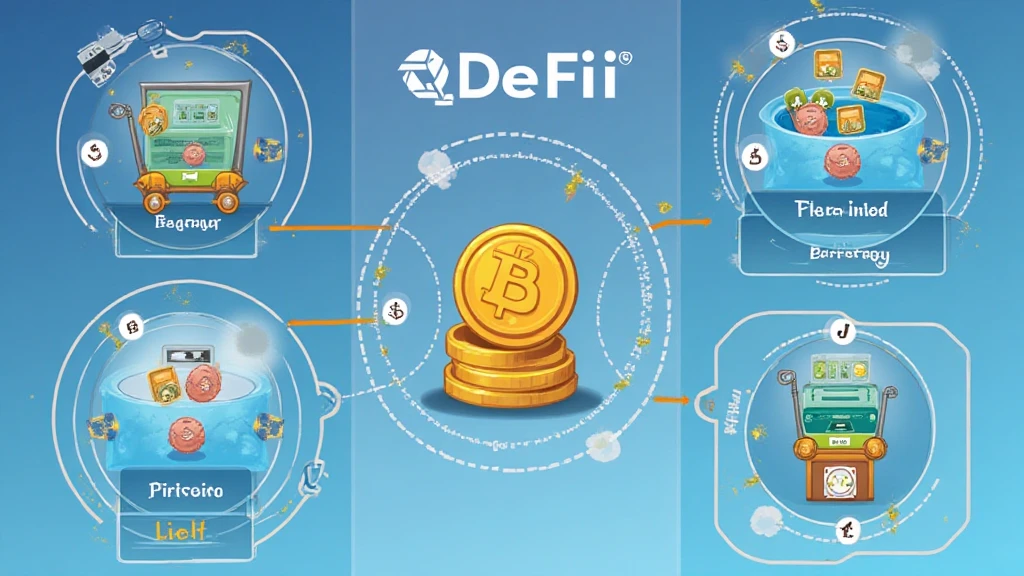Introduction
In 2024, over $4.1 billion was reportedly lost to hacks in decentralized finance (DeFi).
With the growing interest in blockchain, understanding how to use Bitcoin in DeFi is more critical than ever. This article explores the integration of Bitcoin into DeFi ecosystems, helping you navigate these complex options while keeping your assets secure.
The Basics of DeFi and Bitcoin
DeFi refers to decentralized financial systems that aim to replicate traditional financial services—like lending, borrowing, and trading—without intermediaries. Since Bitcoin’s inception, it has served as a secure and decentralized currency, and it now plays a significant role in the DeFi landscape.

One of the major advantages of integrating Bitcoin into DeFi is its security and liquidity. Unlike most altcoins, Bitcoin has gained substantial recognition and user trust. This makes it an attractive choice for DeFi protocols wishing to leverage the stability of Bitcoin.
Why Bitcoin Matters in DeFi
- Established Trust: Bitcoin is the first cryptocurrency and is widely viewed as a digital gold. Its inclusion lends credibility to DeFi projects.
- Liquidity: Bitcoin’s large market cap ensures that it can offer higher liquidity compared to other cryptocurrencies.
- Security: Bitcoin transactions are secured through a robust proof-of-work mechanism, making it a reliable asset for DeFi platforms.
How to Utilize Bitcoin in DeFi Platforms
To effectively use Bitcoin in DeFi, users can follow several different paths:
1. Liquidity Pools
Participating in liquidity pools allows users to earn passive income on their Bitcoin holdings. Platforms like Uniswap or PancakeSwap enable users to provide liquidity by depositing Bitcoin and receiving fees from trades conducted within the pool.
2. Yield Farming
Yield farming refers to the practice of utilizing BTC in various ways to earn returns. By locking their Bitcoin into smart contracts, users can earn interest or tokens.
3. Borrowing and Lending
Many DeFi platforms now allow users to use Bitcoin as collateral to borrow other cryptocurrencies or stablecoins. Platforms like Aave and Maker facilitate this process, enabling users to leverage their Bitcoin assets effectively.
Challenges of Using Bitcoin in DeFi
Integrating Bitcoin into DeFi isn’t without its challenges:
1. Volatility
Despite being a more stable asset, Bitcoin’s price can still exhibit significant volatility. This can impact the ability to predict returns when engaging in yield farming or liquidity pools.
2. Smart Contract Risk
The risk of bugs or exploits in smart contracts can lead to potential loss of funds, emphasizing the need for thorough audits before committing assets.
Conclusion
Integrating Bitcoin into DeFi can enhance financial strategies for investors. With Bitcoin’s established reputation, users can explore numerous opportunities such as liquidity pools, yield farming, and borrowing.
As the market matures, ensuring safe practices by assessing risks and leveraging tools will be essential. Bitcoin’s role in DeFi is set to grow, so staying informed will be key to maximizing your investments.
For more insights on Bitcoin and DeFi, check out hibt.com.
Expert Insights
This article has been authored by Dr. Alex Thompson, a renowned blockchain expert who has published over 30 papers in the field, focusing on decentralized finance and security protocols.




